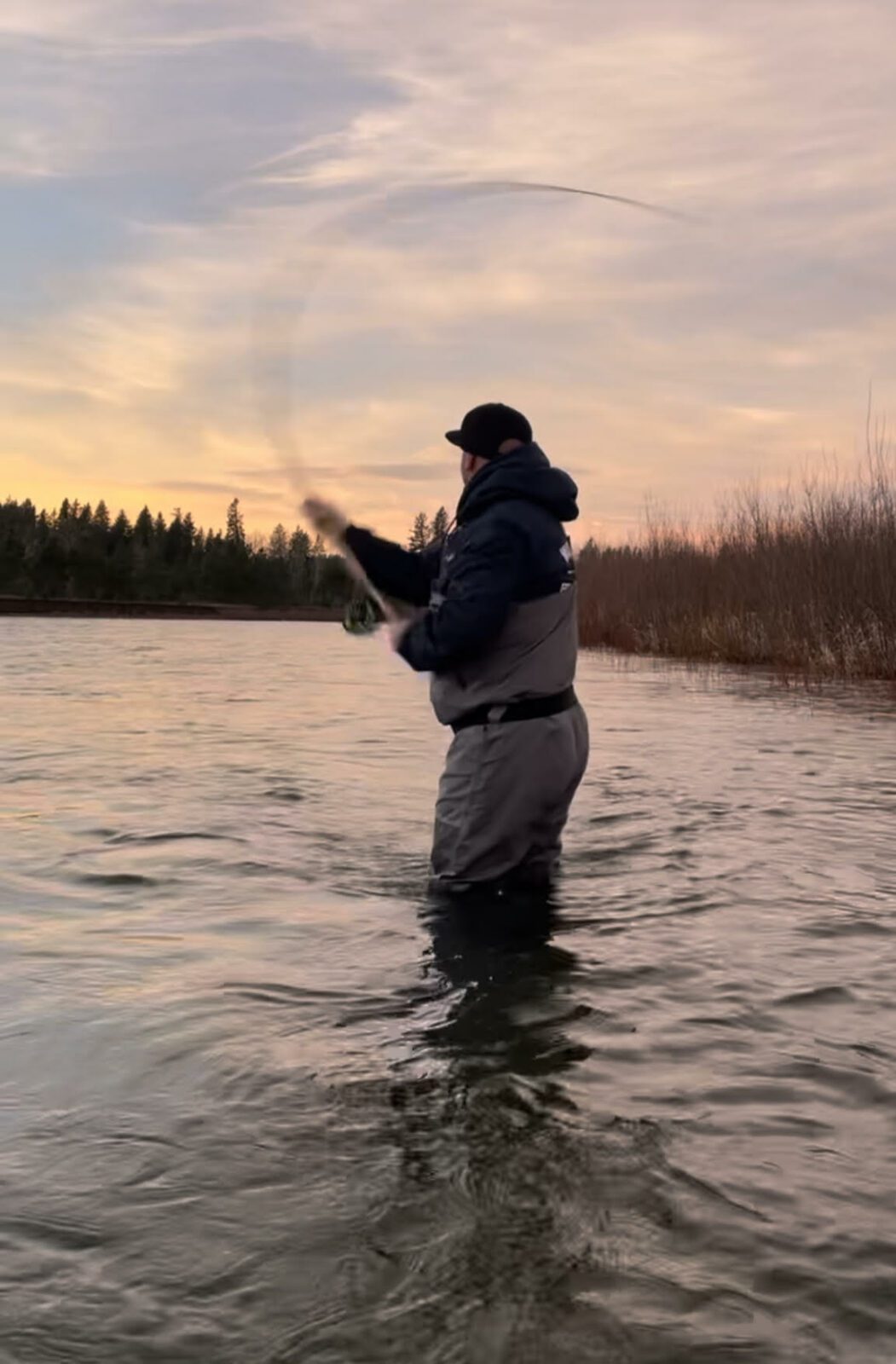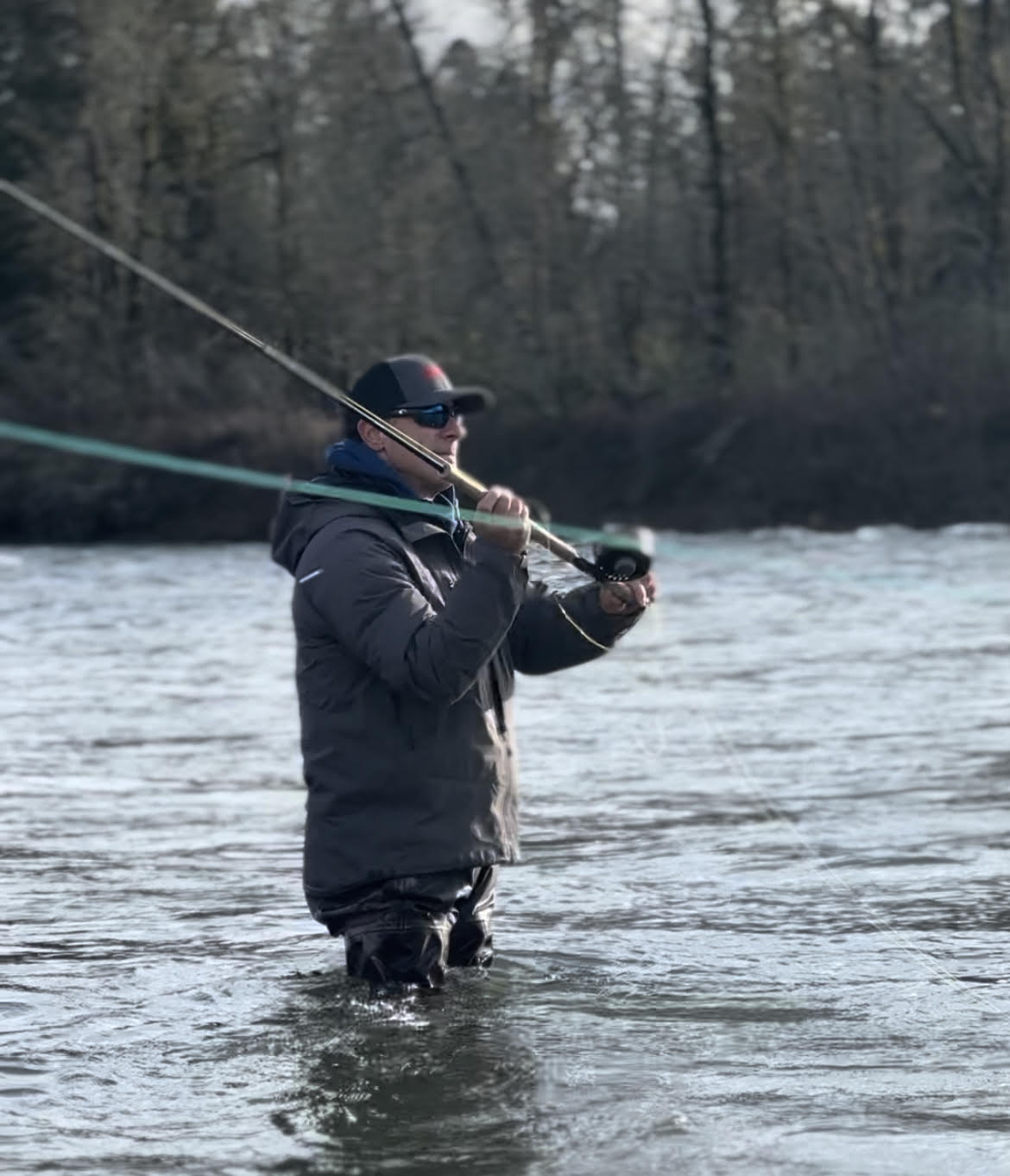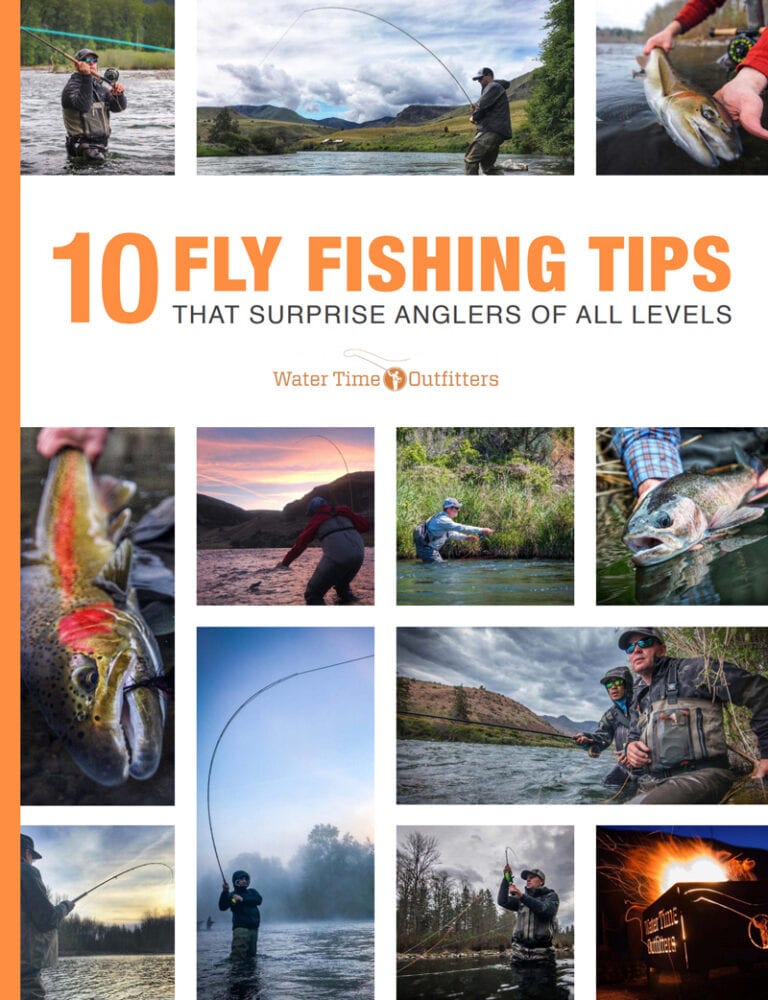Winter Spey Casting Tips- 10 Tips for Best Success
Mastering Winter Waters: Essential Spey Casting Tips for Skagit Lines with Sink Tips
As winter sets in and temperatures drop, the dedicated fly angler knows that it’s not the time to pack away the gear. In fact, winter can offer some of the best opportunities for steelhead. To navigate the challenges of winter fly fishing, mastering spey casting is essential. This post will focus winter spey casting tips to help with the crucial elements when using Skagit fly lines with sink tips.
Winter Spey Casting Tips – The Double Spey: Your Winter Weapon
The Double Spey cast is a go-to for many winter anglers casting Skagit Fly Lines; especially when dealing with challenging conditions. This cast is effective for turning over heavy sink tips and large flies, making it well-suited for winter fishing. To execute a successful Double Spey, pay attention to the following:
Smooth Setup: Begin with a smooth setup, ensuring that your line is straight and under tension. It’s important that your fly is near the surface. A quick roll cast downstream can help set up a clean and efficient cast.
Proper D-Loop Formation: Focus on creating the proper D-loop. A D-loop is the line that extends behind the rod before the forward cast. This will allow you to generate the power needed for long casts and effective turnover. A well-formed D-loop is the foundation of a successful spey cast. Watch where you are sending the energy in your D-loop.
Ideally your D-loop will extend back from the rod tip parallel to the water. You don’t want the D-loop going at an upward angle or if you bring your rod tip back too far- the D-loop will extend at a downward angler. Properly aligning the D-loop is an important part of your spey cast.
Body Positioning: Align your body with the intended direction of the cast. Square up your hips with where you want your cast to go. Avoid rotating your upper body. This will enable you to utilize the rod for maximum power and precision.

Winter Spey Casting Tips- The Anchor Point: Achieving Consistency
In winter spey casting, achieving a consistent anchor point is key to a successful cast. The anchor point is where the fly and sink tip touch the water, forming a pivot for the cast. Consistency in the anchor point ensures accurate and predictable casts. Consider the following tips:
Check Your Alignment: Before making the cast, ensure that your rod, line, and body are aligned. This alignment sets the stage for a consistent anchor point, allowing the fly to be in the same spot with each cast.
Monitor Line Length: Pay attention to the length of line outside the rod tip. Consistency in line length contributes to a repeatable anchor point. When using shooting head lines like Skagit lines; the junction of your running line behind the Skagit line is your marker for starting each cast. Keep this length of running line extending beyond your rod tip within a few inches for consistency in your cast.
Winter Spey Casting Tips – Rod Tip Path: Precision in Motion
The path of your rod tip during a spey cast plays a crucial role in the accuracy and efficiency of the cast. For winter spey casting with Skagit lines and sink tips, focus on the following aspects:
High Rod Tip and 45 Degree Angle: Keep your rod tip high and at a 45 degree to keep most of the Skagit line off the water and give you a smooth and powerful cast. This high angle allows for an efficient transfer of power, especially when dealing with heavy sink tips and flies.
Smooth Acceleration: Initiate the cast with a smooth acceleration, gradually increasing the speed as you move through the stroke. In the first part of the acceleration a controlled acceleration prevents abrupt movements, ensuring a clean and effective cast. As your casting stroke nears the end finish with a quick pull on the bottom handle of the spey rod.
Winter Spey Casting Tips – Posture: Stability in Challenging Conditions
Winter fishing often means dealing with adverse weather conditions, including wind, rain, and sometimes snow. Maintaining stability and balance in your posture is crucial for effective casting in these conditions. Consider the following tip:
Wider Stance: Adopt a slightly wider stance than usual to enhance stability. A wider base provides better resistance against gusts of wind and uneven riverbed terrain.
Winter Spey Casting Tips Other Elements to Fine-Tune Your Approach
Beyond the core components of the Double Spey, anchor point, rod tip path, and posture, there are additional elements to fine-tune your spey casting for winter success:
Water Depth: When you are wading deeper your rod tip is closer to the water; this requires your rotation on the Double spey sweep to be a bit faster than normal. Also, standing in faster water requires this rotation to be faster to keep the rod loaded.
Line Control: Mastering line control is essential, especially when dealing with sink tips. Practice mending and managing the line to achieve optimal swing in varying water speeds.
Fly Selection: Choose flies that are appropriate for winter conditions. Larger, heavier patterns are often more effective, and selecting the right color can make a significant difference in enticing sluggish winter fish. See my go-to favorites here: Crandalls Winter Sthd Fly Collection
Continuous Practice: Spey casting for Winter steelhead requires patience and continuous practice to keep honing your skills. Fly fishing in winter is not easy, once the spey cast becomes muscle memory you’ll see improved overall proficiency and you’ll fish much more effectively. Get a private spey casting lesson.
In conclusion, mastering winter spey casting with Skagit lines and sink tips involves a combination of technique, consistency, and adaptability. By focusing on the Double Spey, anchor point, rod tip path, posture, and fine-tuning other essential elements, you’ll be well-equipped to navigate the challenges of winter fly fishing and increase your chances of landing that elusive winter steelhead. Happy casting!
GET A LESSON: Private Spey Casting Lessons– Water Time Outfitters guides and instructors offer you excellent instruction in our private spey casting lessons. Check our calendar and book your spot today!
Who is Water Time Outfitters?
Water Time Outfitters is a local Oregon based business that loves fly fishing. We feel that when anglers plan a fly fishing trip they need to know they are spending time and money on a great experience. We aim to surpass their expectations with expert, fun-loving guides and exceptional hospitality, so our guests can focus on their love of fishing, maximize their success and take home memories that last a lifetime.
See more about our guided fly fishing trips or to make your reservation visit our webpage: www.watertimeoutfitters.com


